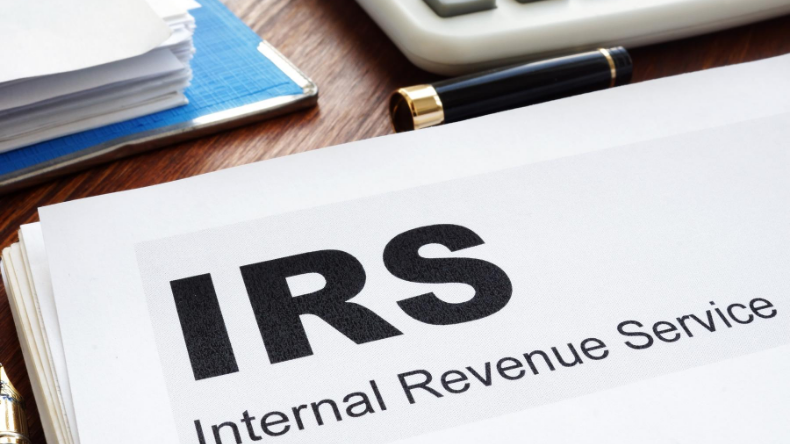If you’ve received an IRS garnishment, you may be confused about the next steps. In this article, we’ll explore the options available to you, including filing a wage garnishment release, declaring bankruptcy, and setting up a payment plan. We’ll also look at whether you should ask the IRS to stop garnishing your paycheck.
Pay In Installments
Installment agreements are a way to pay off your IRS tax debt without having to garnish your wages. The IRS will let you choose the monthly payment date and may even allow you to pay over three years, if you so desire. However, it’s important to make sure you follow the terms of your agreement. If you fail to do so, your debt will still accrue penalties and interest, and the IRS can force you to settle the balance by taking possession of your property.
Although the IRS can garnish your wages, it can also place a lien on your property or seize your assets. This can affect your ability to refinance a mortgage or get a new line of credit, among other things.
Request Currently Not Collectible (CNC) Status
Currently Not Collectible (CNC) status is a temporary solution for most taxpayers who can’t pay back taxes. The IRS will not pursue collection actions against the account, but they will still assess interest and penalties. If your income increases beyond the amount set for living expenses, you will need to make payments to the IRS. This will include filing past due returns and paying estimated tax.
There are many reasons that people want to request currently not collectible (CNC) status. People who are unemployed or are facing permanent issues may prefer this temporary arrangement. However, most taxpayers are better off using other settlement options, such as installment agreements.
To apply for CNC status, you need to provide the IRS with financial information to substantiate your claim. You can write or call the IRS to request the status.

File an IRS Wage Garnishment Release
When you need to file an IRS wage garnishment release, there are a number of options available. The best strategy depends on several factors. You need to know exactly what you owe, and what your current financial situation is. It is also important to take proactive steps to avoid further penalties.
The IRS will send you a notice before it garnishes your wages. These can be for unpaid federal taxes, local taxes, and student loans. Each state has its own protections against excessive wage garnishment.
Wage garnishment is a serious matter, and can make your life difficult. In some cases, it can be necessary to negotiate with the IRS to stop it. Having an experienced tax professional working with you can help.
If you’re able to pay off your tax debt in full, you may be able to use an Offer in Compromise to release the levy. This isn’t always an option, however.
Set Up A Payment Plan
Setting up a payment plan with the IRS is an option for people who are unable to pay their tax debt in full. It allows you to stretch your payments over a longer period of time without affecting your interest rates or penalties. However, it’s important that you understand the terms of your agreement.
To set up an installment plan with the IRS, you will need to fill out Form 9465. You can also call the Internal Revenue Service to speak with a collections branch manager. The IRS will then give you sixty days to pay the balance of your tax bill or enter into a payment plan.
Before applying, you will need to decide whether you want to take advantage of a short-term or long-term payment plan. A short-term plan may last for 120 days. On the other hand, a long-term plan can last for up to six years.
Declare Bankruptcy
If you’re facing an IRS garnishment, it may be time to file for bankruptcy. Getting your debt discharged through a bankruptcy is a good idea for several reasons, including the possibility of avoiding further penalties and interest.
Although a bankruptcy does not get rid of most tax debts, it can offer some relief. For example, you might be able to stop wage garnishments, freeing you up to continue making your regular monthly payments on your bills.
It is also possible to avoid being garnished if you can prove that you have a financial hardship. The Internal Revenue Service defines a hardship as the inability to meet your basic living expenses.
One way to qualify for the exemption is if you’re the primary source of income for a spouse or dependent. You also need to attend a hearing for this exemption.

